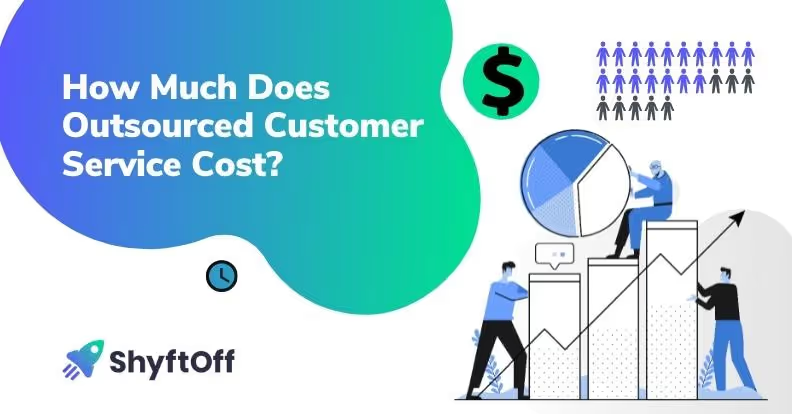TL;DR
- Surge capacity requires contact centers to quickly scale up their resources to meet seasonal peaks or an unexpected increase in demand.
- Surge capacity should include scalable tech, trained agents, the ability to manage flexible schedules, and effective planning.
- Mastering surge capacity leads to higher NPS scores, creates a fair process for agents, reduces costs, and improves reputation.
- To improve surge capacity, contact centers must forecast, fortify their infrastructure, develop an on-demand training program, adopt an omnichannel strategy, and implement real-time monitoring. Smart contact centers use GigCX to accomplish these tasks.
In this article, we cover:
- what is surge capacity
- how contact centers can build surge capacity preparedness
- benefits of effective surge capacity planning
- three examples of companies who’ve done it well
- Five ways to get ahead of surge capacity
What is Surge Capacity?
Surge capacity refers to a contact center’s ability to handle a sudden increase in customer inquiries. Spikes in customer inquiry can be caused by various events such as a product launch, a seasonal event, or a crisis situation. Surge capacity requires contact centers to quickly scale up their resources to meet an unexpected increase in demand.
Surge capacity is a crucial operation to contact centers because it enables them to maintain their level of customer service during high-demand periods. Without surge capacity preparedness, a contact center might be overwhelmed by a sudden influx of customer inquiries, resulting in long wait times, frustrated customers, and decreased customer satisfaction. Contact centers need to have a plan in place to handle surge capacity, whether it be through additional staff, technology, or both.
Research has shown that surge capacity planning is a critical component of contact center management. In a study by the International Journal of Operations & Production Management, researchers found that "properly planning for and managing surge capacity is essential to maintaining customer satisfaction levels."
What Do Contact Centers Need for Surge Capacity Preparedness?
Contact centers must fulfill a few basic requirements to be prepared for surge capacity. Alternatively, you could seek a GigCX partner who can work alongside your team during normal operations and scale up as surges happen.
Scalable Technology: Technology plays a critical role in surge capacity preparedness. This includes having a scalable phone system, chatbots, and other digital channels that can handle a large volume of customer interactions efficiently in a short turnaround. Contact centers should also consider cloud-based solutions that offer greater flexibility and scalability. Cloud-based systems could enable you to tap into a remote workforce to support your in-office operations.
Trained Agents or Trained On-Demand Agents: When surges happen, you need a qualified team to jump in right away. Contact centers should work alongside product, marketing, and sales departments to stay up to speed on new products, campaigns, or sales. This new information should guide agent training so teams are fully equipped to answer customers. In the event an unexpected surge happens. Senior agents should have the skills to develop guidance for other agents to handle customer inquiries. Smart contact centers leverage GigCX partners to train 3-5x more agents than needed to prepare an on-demand workforce designed for surge capacity events.
Flexibility in Staffing: Contact centers must be able to quickly adjust their staffing levels to meet changing demands. This means having a flexible workforce that can be easily scaled up or down based on customer demand. Ensure that you have processes in place to manage overtime or odd-hour scheduling for your agents. Contact centers should also have a backup plan to address unexpected staffing shortages.
Effective Planning: Finally, effective planning is critical to surge capacity preparedness. Contact centers should have a comprehensive plan that outlines the steps to be taken in the event of a sudden increase in customer inquiries. This plan should include contingency plans for staffing, technology, and communication, as well as procedures for monitoring and reporting on customer service levels during a surge event.
Mastering Surge Capacity Planning is Critical for Top-Performing Contact Centers
Managing surges in contact center operations can be a make-or-break situation. The best contact centers do this well and often get praise on social media. While others who aren’t so great, usually suffer long-term effects or declining customer satisfaction. Unhappy customers create unhappy agents, and now you have even bigger challenges to solve.
Benefits of effective surge capacity planning include:
- Higher NPS scores: By having a surge capacity plan in place, contact centers can provide shorter wait times, faster resolution of customer issues, and provide a great customer experience.
- Create a process that’s fair to agents: A surge capacity plan SHOULD NOT put an unfair burden on your existing team. A surge plan should not include scheduling your agents to work 12-hour to 14-hour shifts to cover demand. Instead, your plan should leverage partners, technology infrastructure, and communication protocols to meet changing customer needs. With the right plan, companies can work smart by leveraging a GigCX provider to fill the coverage gaps on their team.
- Reduced Costs: Without a surge capacity plan, contact centers could mishandle customer inquiries which could ultimately drive revenue down. Contact centers should have the infrastructure in place ahead of time to avoid the expensive cost of losing customers.
- Improved Reputation: Finally, having a surge capacity plan in place can help to enhance a contact center's reputation for reliability and quality service. Customers are more likely to trust and recommend a contact center that is well-prepared to handle sudden increases in customer demand.
Which Companies Handled Surge Capacity Well?
During the 2020 holiday season, Amazon experienced a surge in customer demand due to the COVID-19 pandemic. To handle the increased customer inquiries, Amazon hired 100,000 seasonal workers and implemented new technology to improve its delivery process. As a result, Amazon was able to maintain its high level of customer service and meet the increased demand.
When the COVID-19 pandemic led to a surge in demand for streaming video in 2020, Netflix was well-prepared to handle the increased volume of customer inquiries. The company had invested in a scalable technology infrastructure that could handle large volumes of traffic, and it had a trained team of customer service agents who could quickly respond to customer inquiries. As a result, Netflix was able to maintain its high level of customer satisfaction during the surge.
In 2016, Southwest Airlines experienced a surge in customer inquiries following a computer glitch that caused hundreds of flight cancellations. To handle the surge, Southwest Airlines implemented a multi-pronged approach that included hiring additional customer service agents, increasing its social media presence to respond to customer inquiries, and improving its communication with customers about flight cancellations. As a result, Southwest Airlines was able to effectively manage the surge and maintain its reputation for high-quality customer service.
5 Ways to Get Ahead of Surge Capacity
1: Forecasting and Planning
One of the most critical aspects of surge capacity planning is forecasting and planning. Accurately forecasting and planning customer demand during peak periods is crucial to ensuring that contact centers are adequately prepared. Companies should use historical data, trends, and customer behavior to predict the expected volume of customer inquiries during the surge period. Once the expected volume is determined, companies can plan the necessary staffing levels, resources, and infrastructure to support the increased demand.
2: Optimizing Contact Center Infrastructure
Another essential method for preparing for surge capacity is optimizing the contact center infrastructure. This involves reviewing and evaluating the current infrastructure, such as phone systems, routing, and call distribution systems, to ensure they can handle the expected volume of customer inquiries. Companies should also consider implementing cloud-based solutions to increase their scalability and flexibility during peak periods.
3: Developing and Implementing an Effective Training Program
Training is critical for preparing contact center agents to handle the increased demand during the surge period. Companies should develop and implement an effective training program focusing on customer service skills, technical proficiency, and product knowledge. The training program should also include simulations and role-playing exercises to prepare agents for high-pressure situations.
4: Adopting an Omnichannel Strategy
Customers today expect to interact with companies using various channels, such as phone, email, chat, or social media. To handle the increased demand during surge periods, companies should adopt an omnichannel strategy that enables customers to use their preferred channel to contact the company. This approach allows contact centers to distribute the load evenly across all channels, reducing the pressure on any one channel.
5: Implementing Real-Time Monitoring and Analytics
To ensure that surge capacity plans are effective, companies should implement real-time monitoring and analytics. This enables companies to track key performance metrics, such as wait times, call abandonment rates, and customer satisfaction levels, in real-time. Companies can use this data to make adjustments and improvements to the surge capacity plan as necessary.
If you’re in the process of surge capacity planning, chat with our team today about the power of GigCX. GigCX is the no-brainer solution to surge capacity planning. At ShyftOff, we’re a fully-managed, on-demand workforce you can scale up or down to meet customer surges or dips.
.avif)

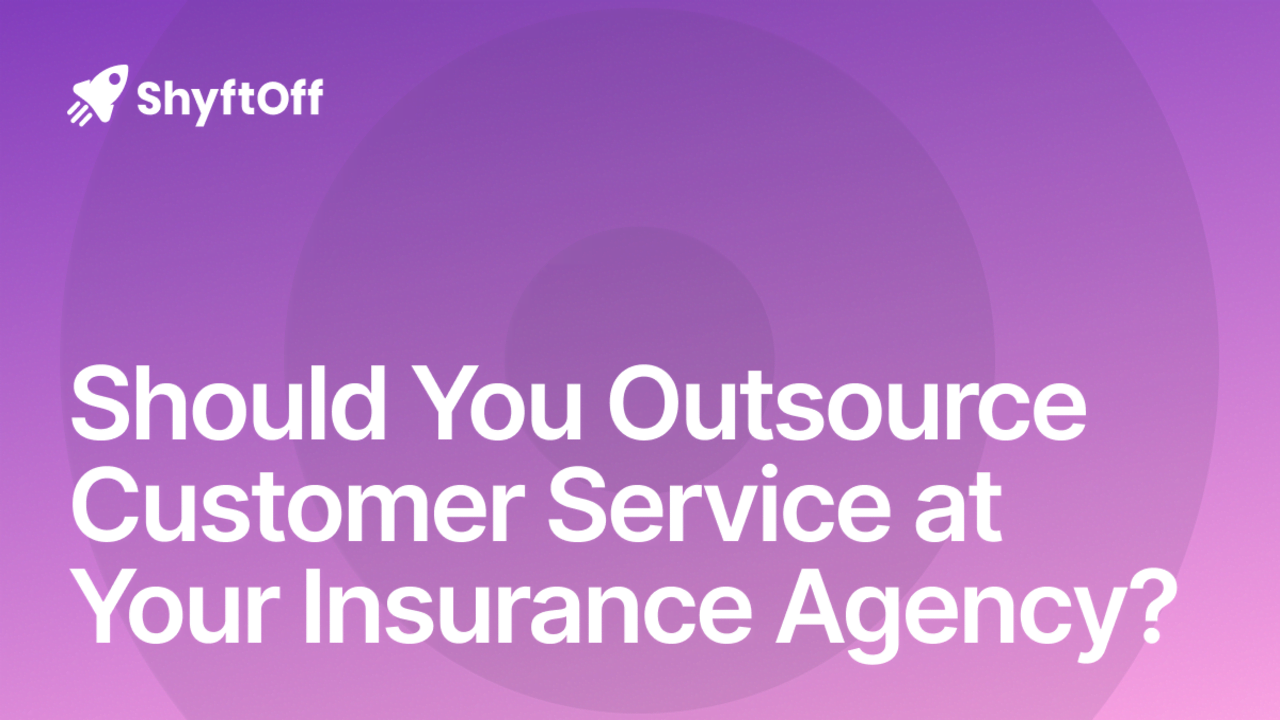

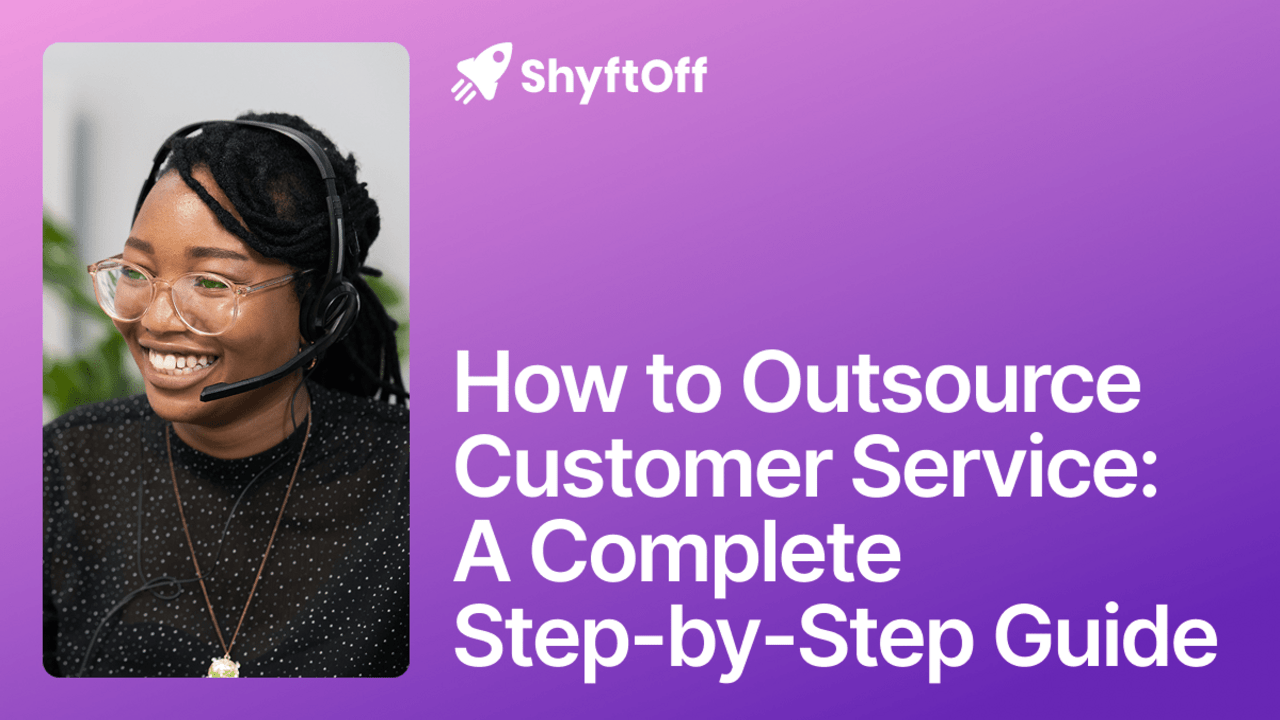

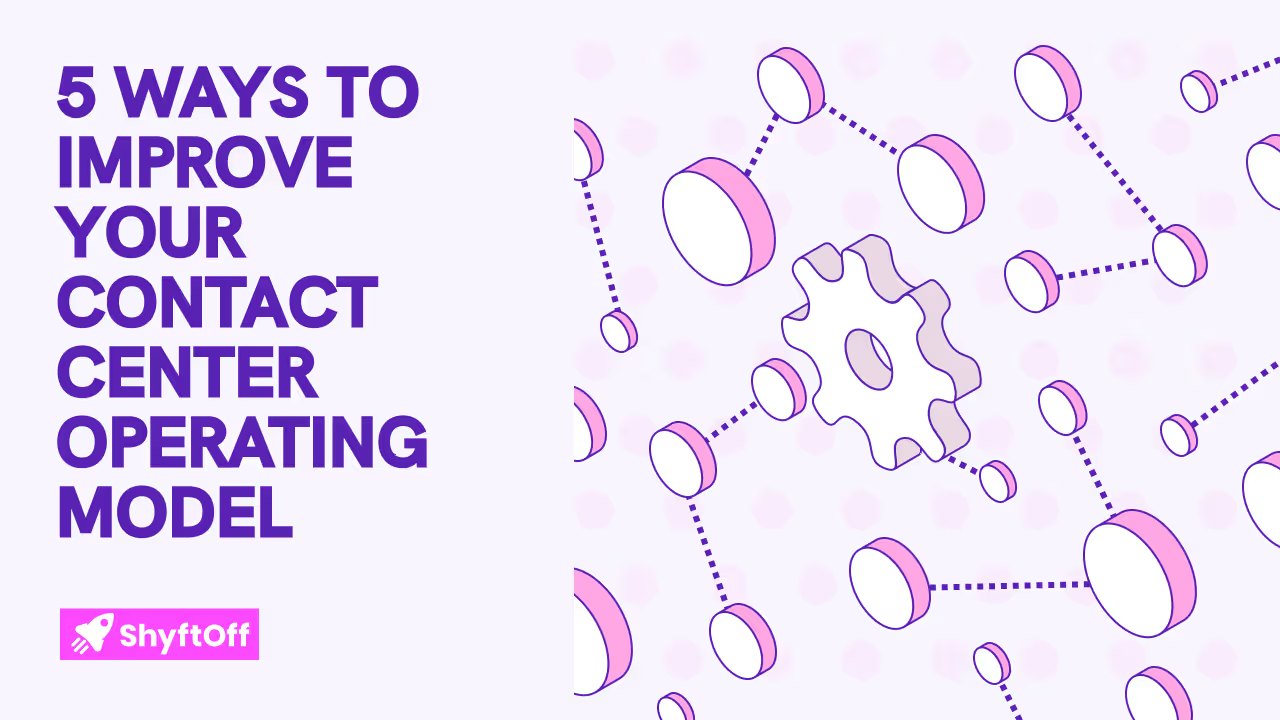
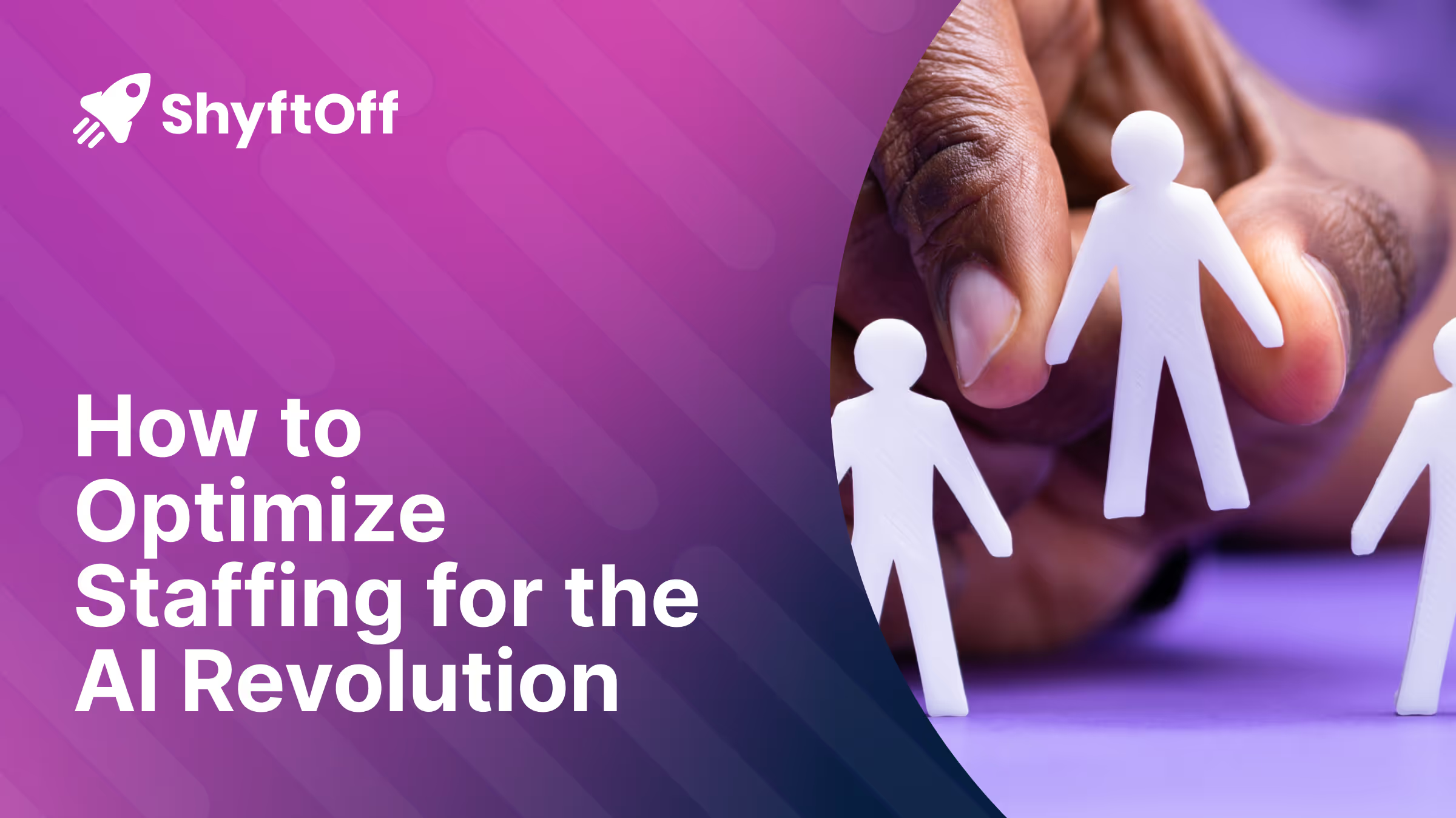
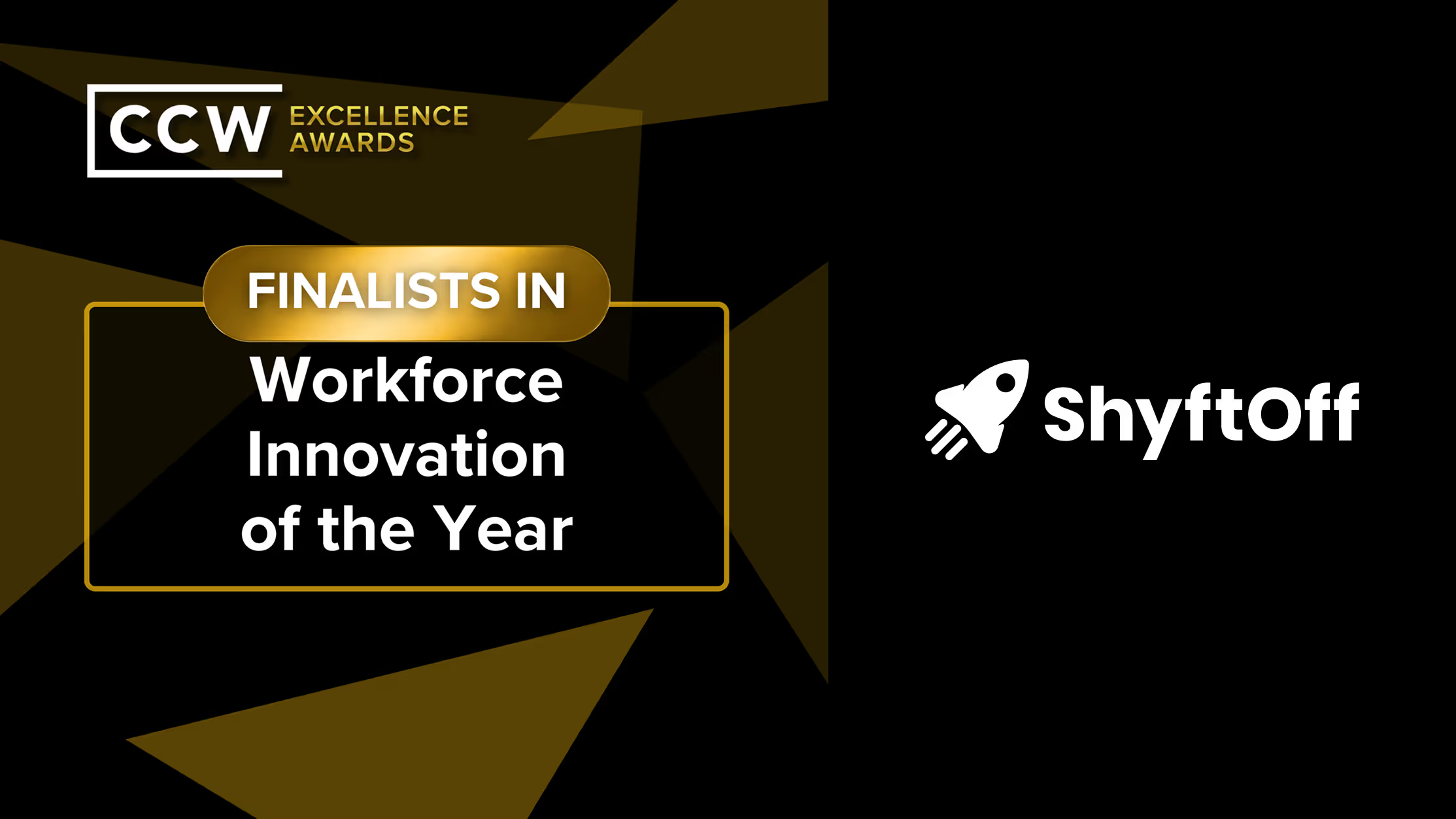


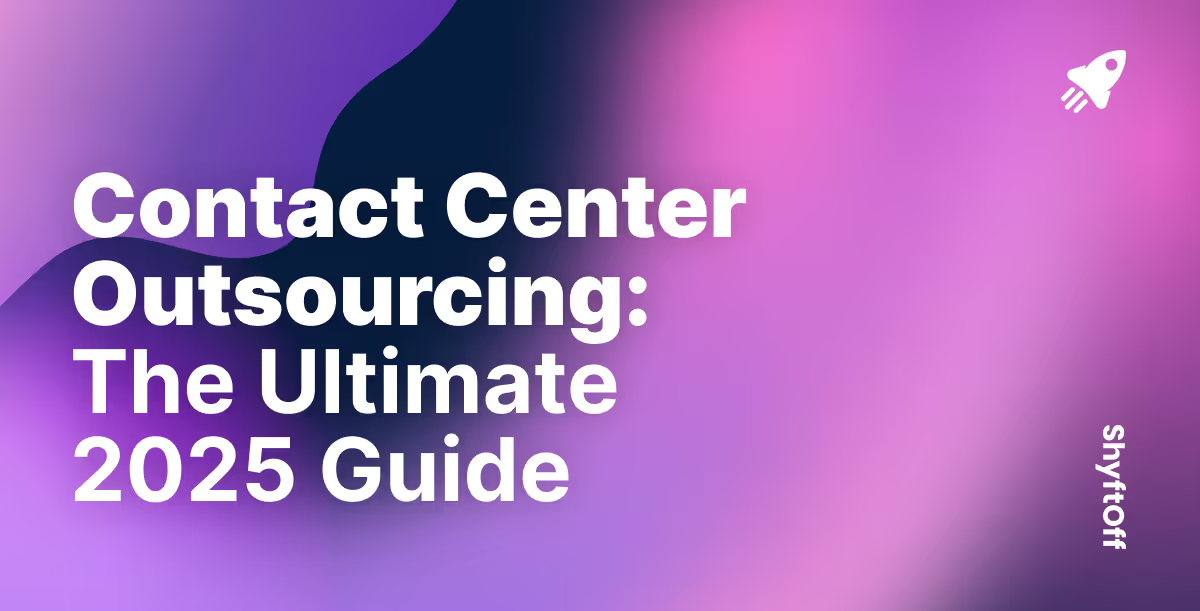
%2520(1)%2520(1).avif)
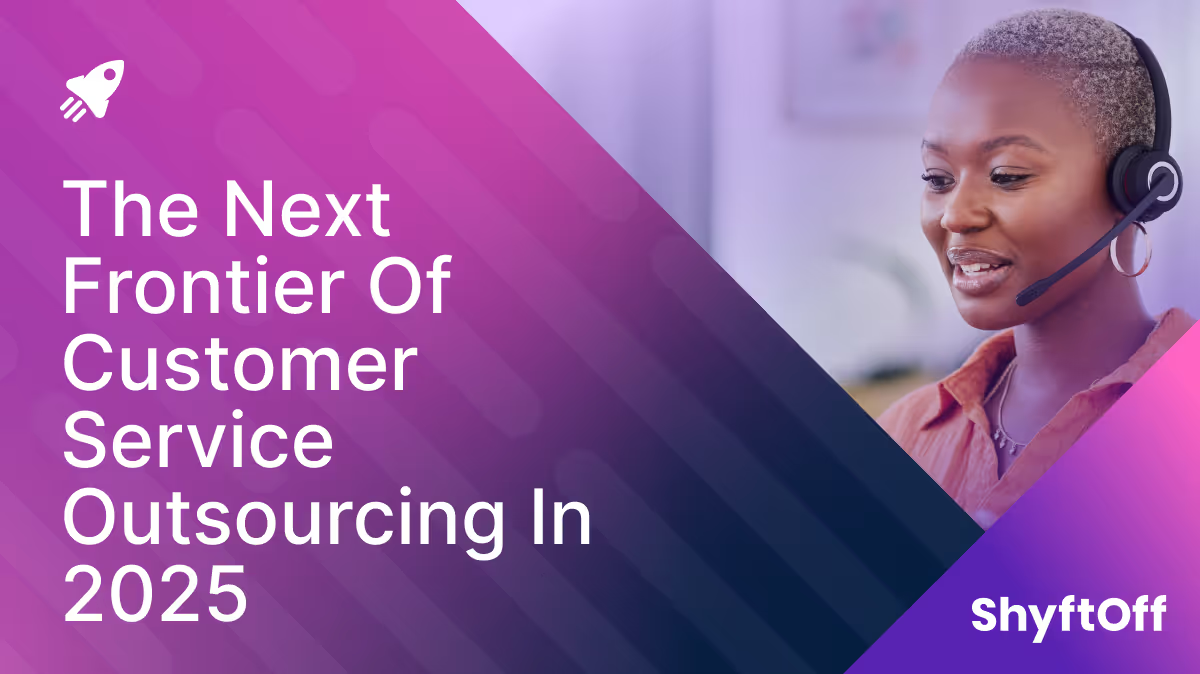

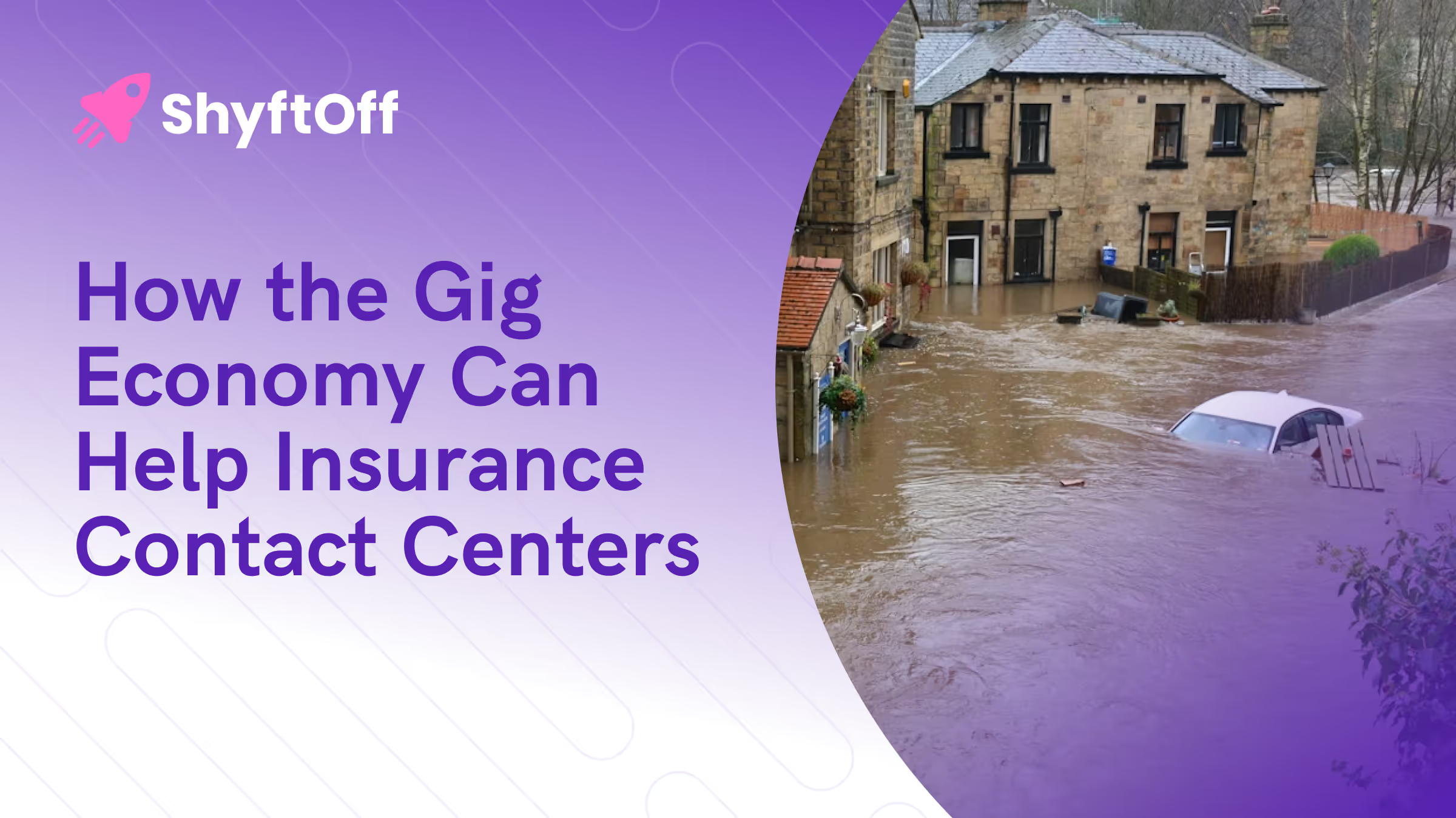

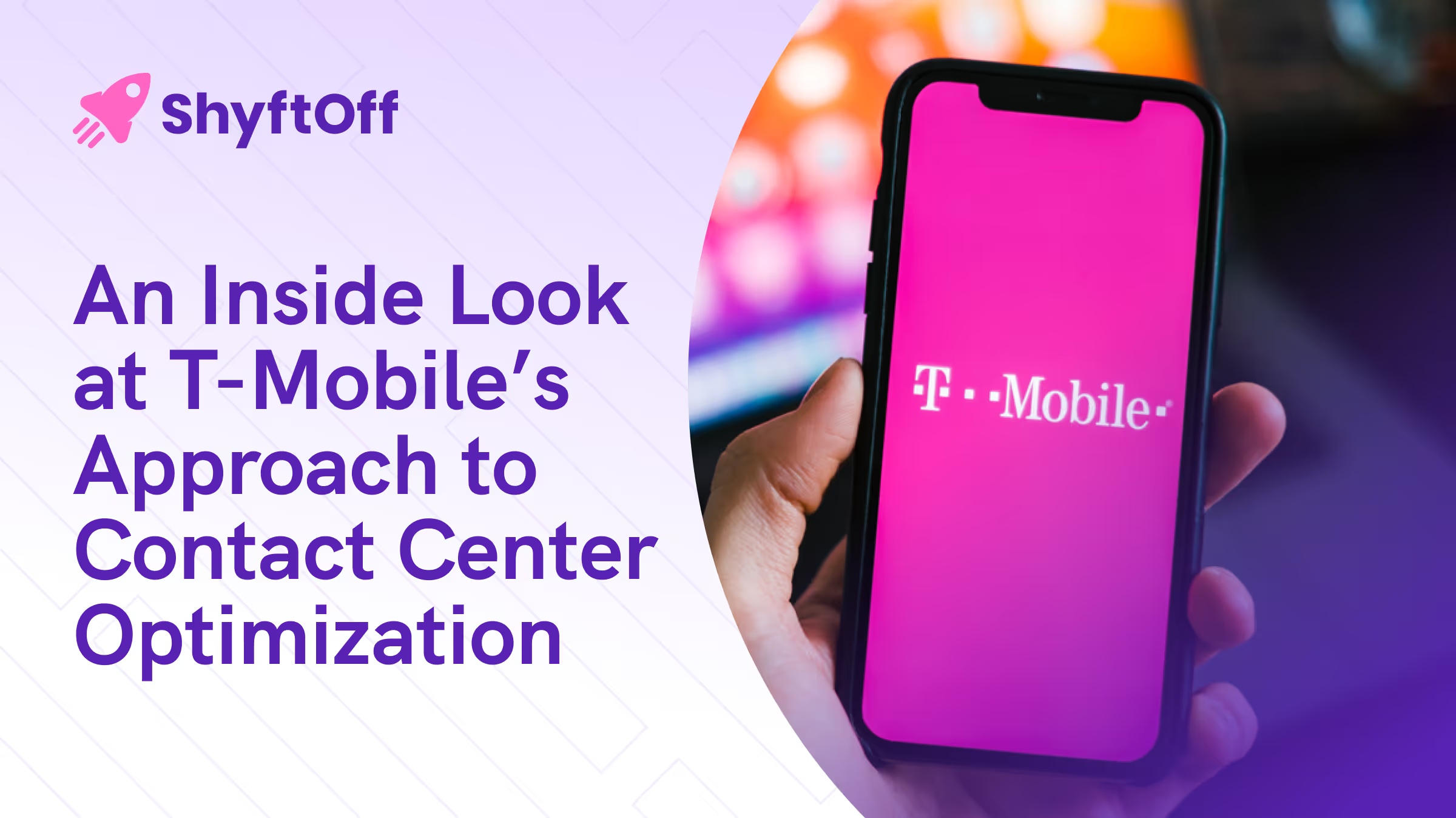
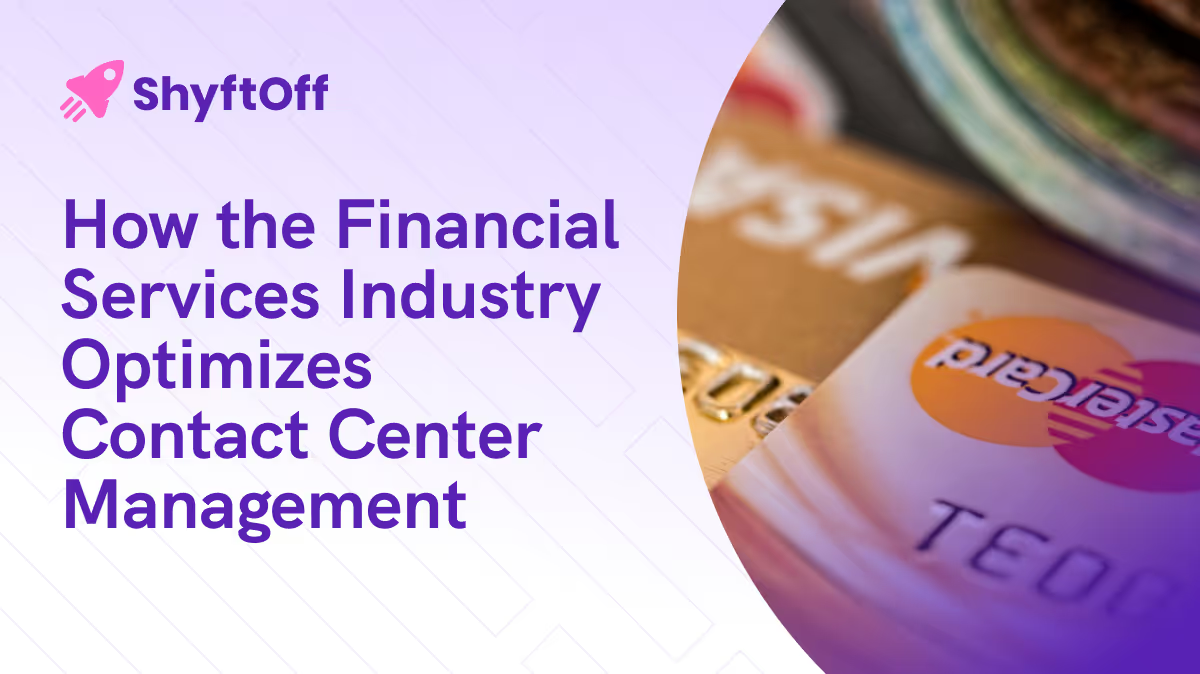
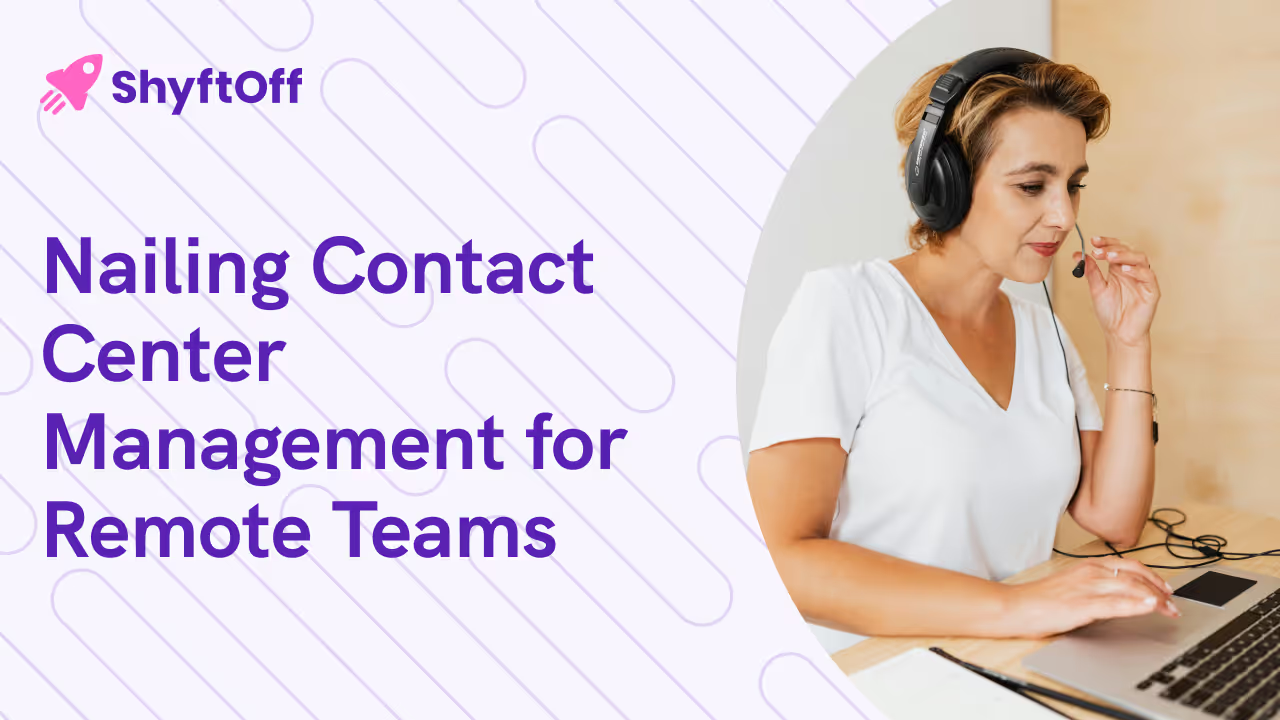

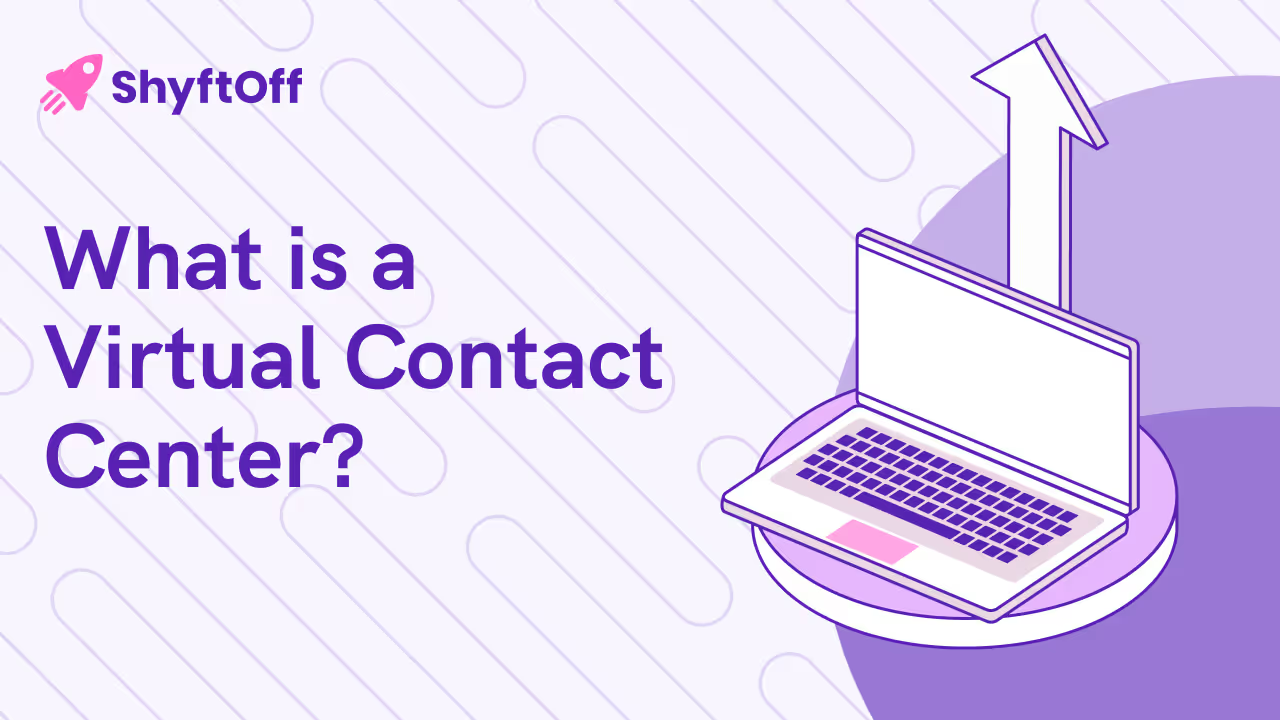
.avif)


.avif)

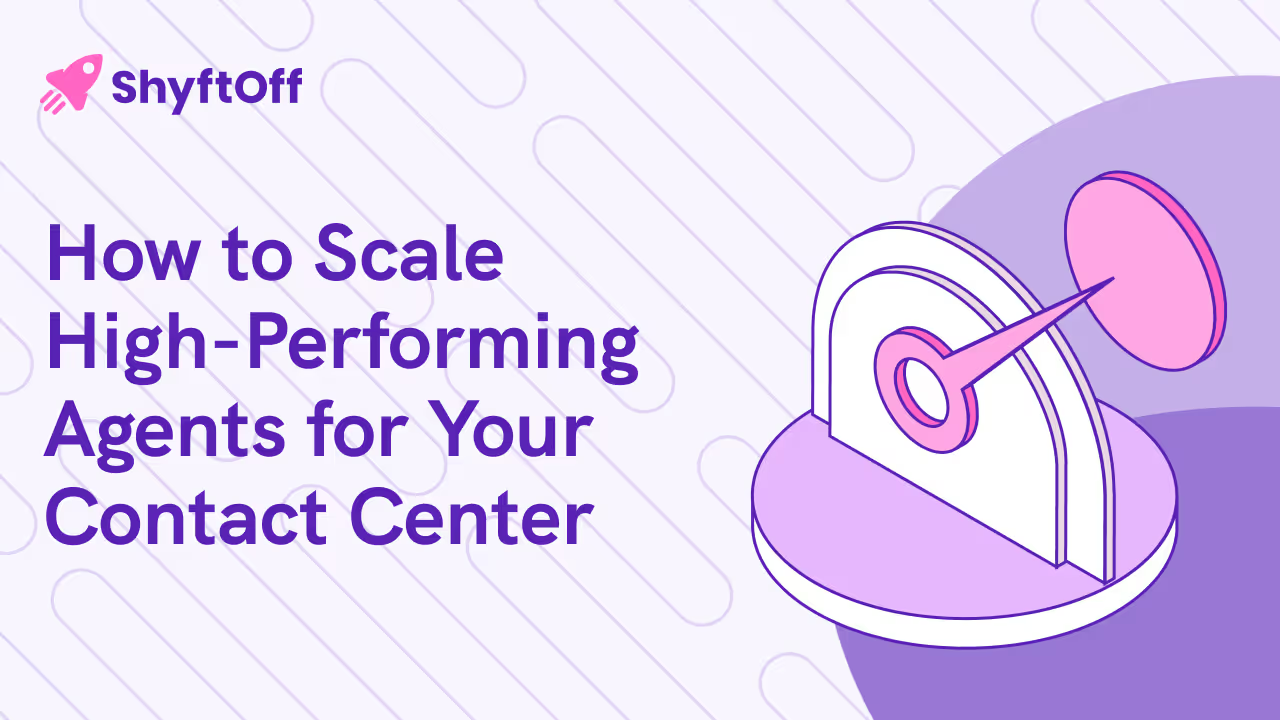


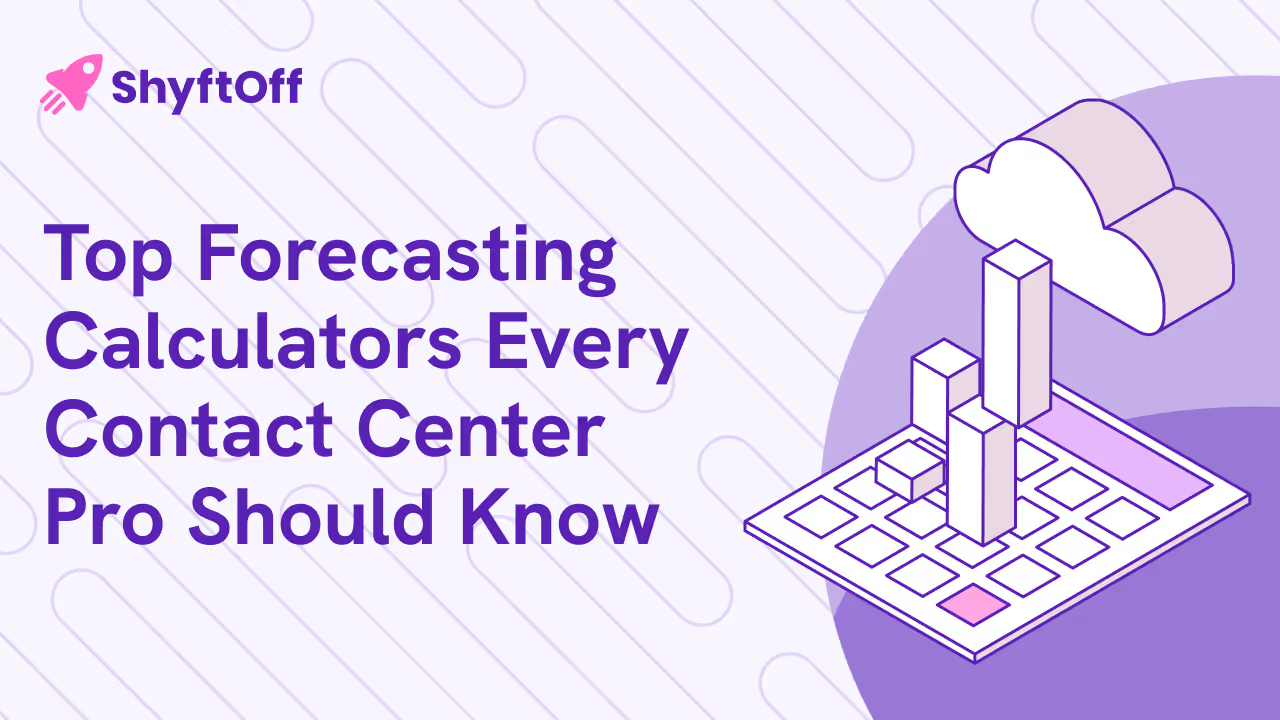
.avif)

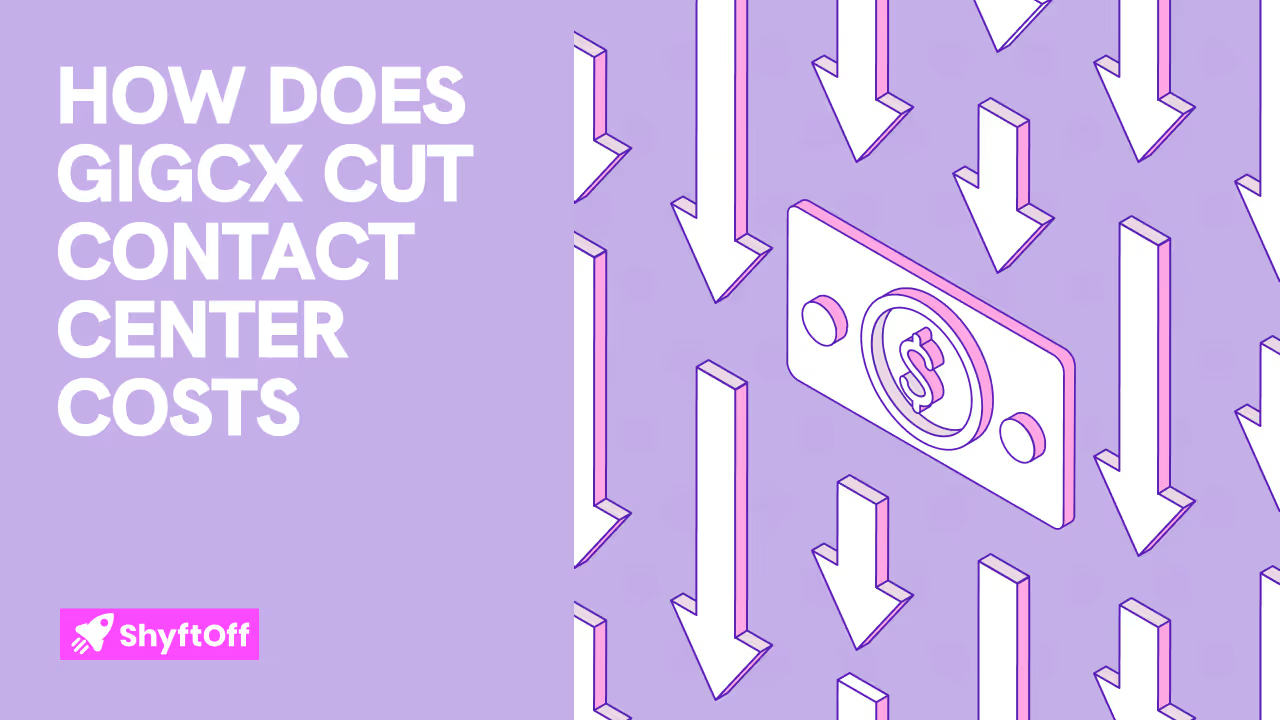
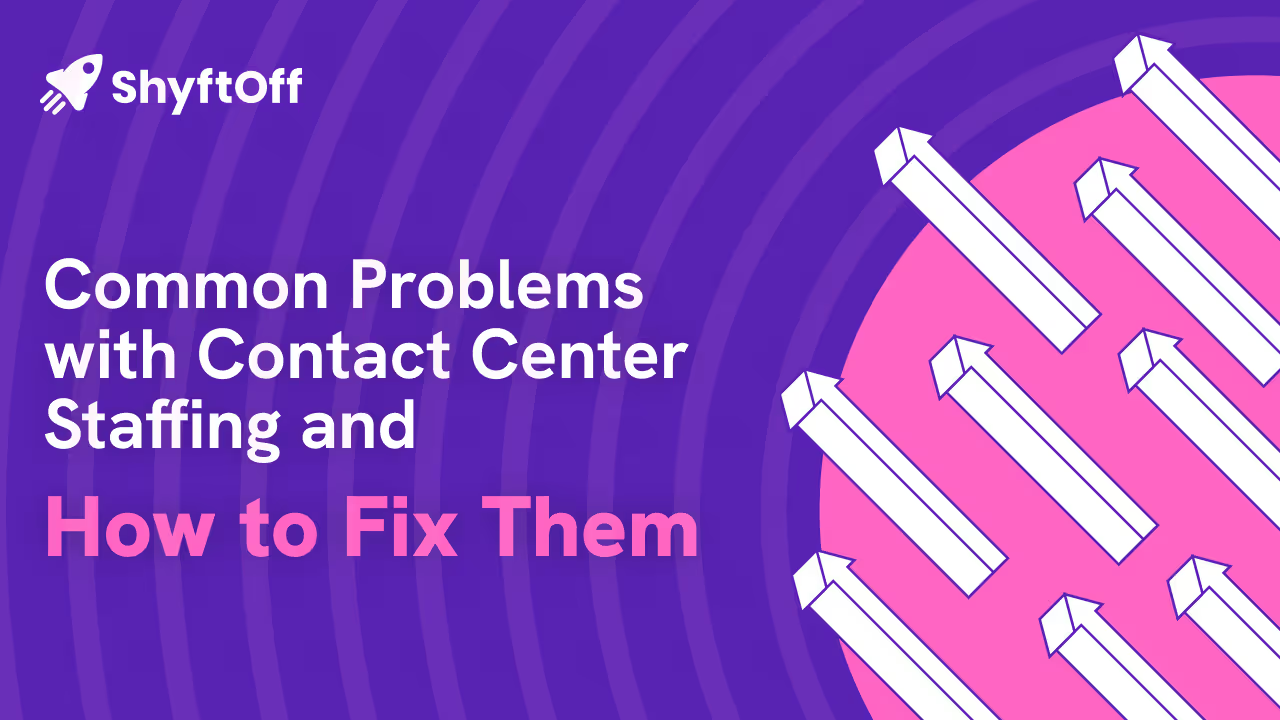

.avif)






%2520(2).avif)



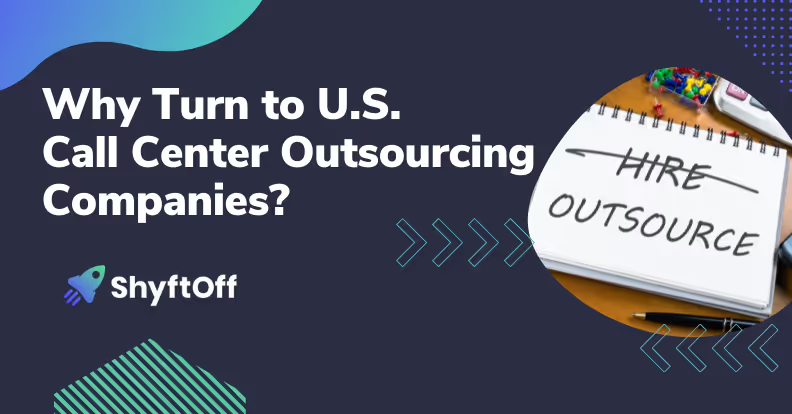


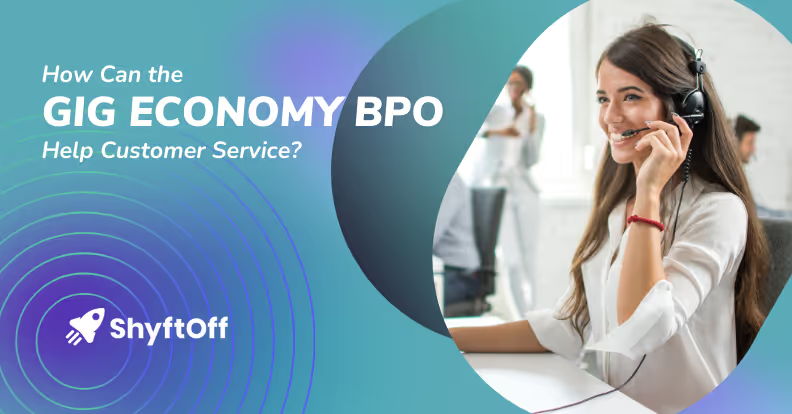

.avif)

